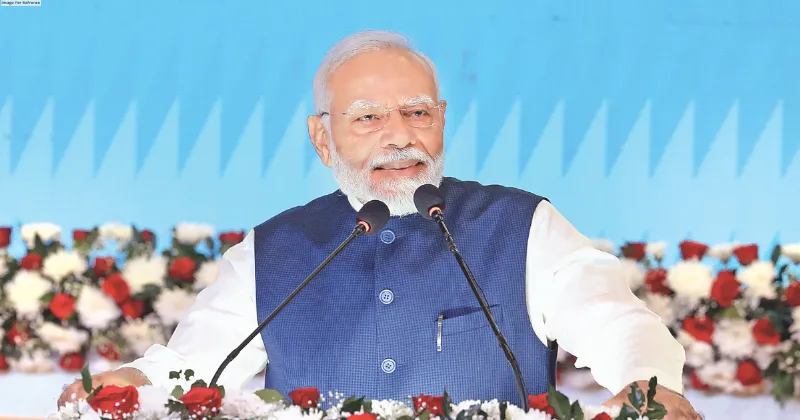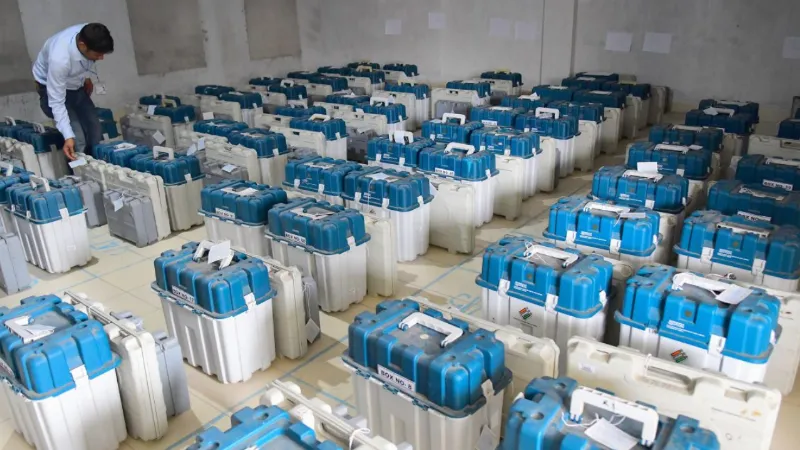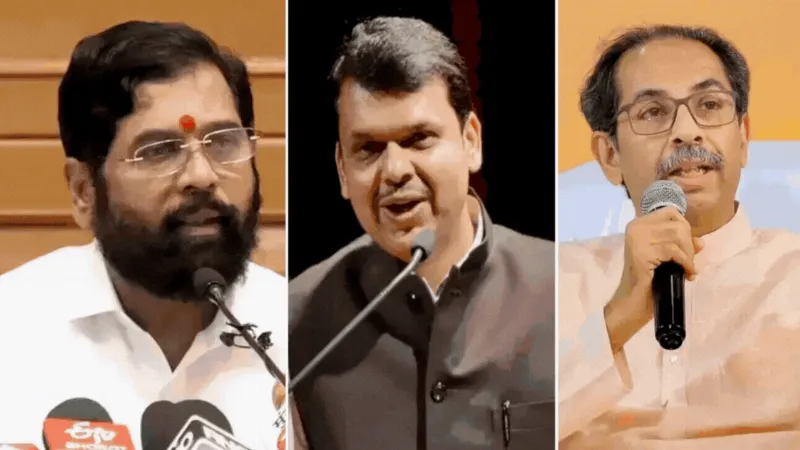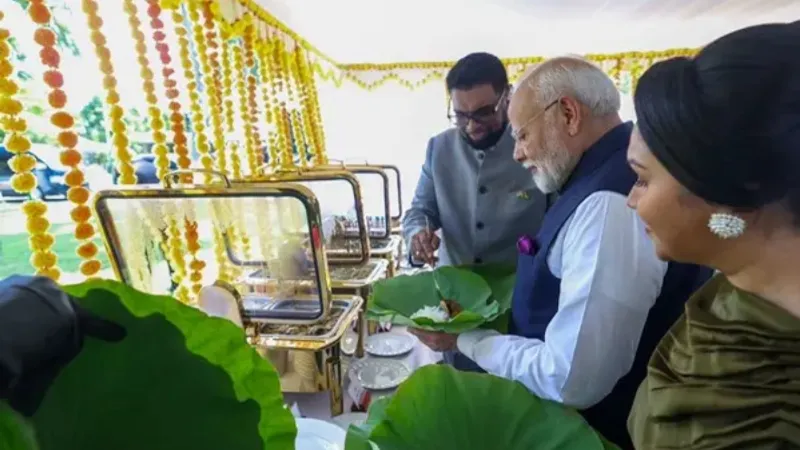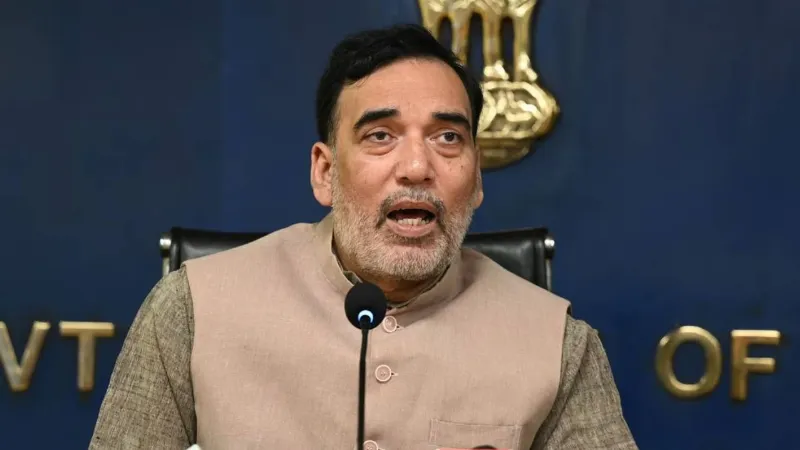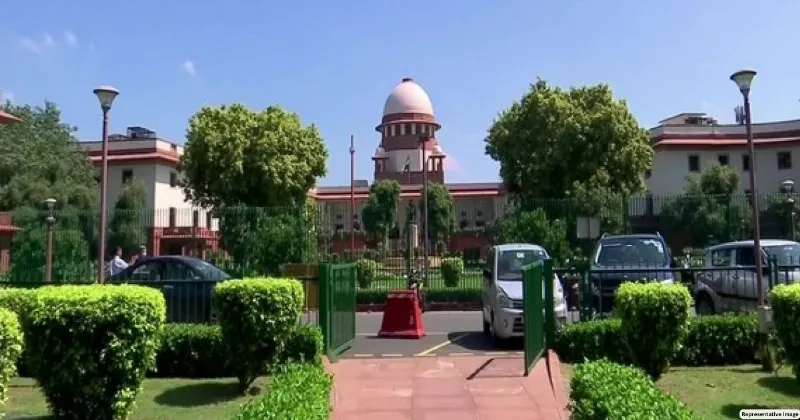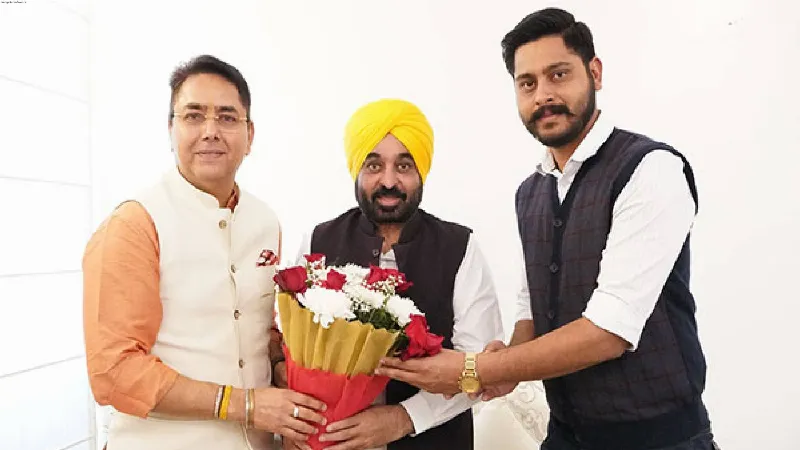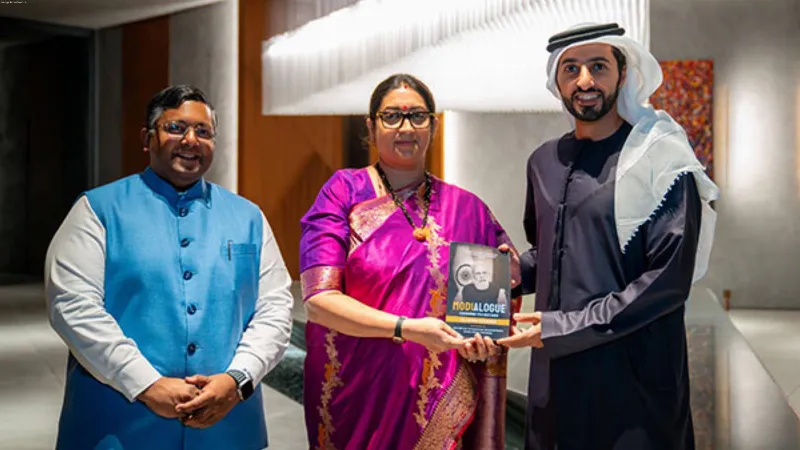BEYOND DEFENCE AND ENERGY The Future of India-Russia Partnership

One of the most unexpected effects of the ongoing RussiaUkraine war has been the metamorphosis of the India-Russia partnership. While for many decades an unwavering commitment toward defence partnership stood as the strongest pillar of bilateral ties between the two nations, a booming energy trade with sanction-hit Russia offering heavily discounted oil has become new avenue for boosting engagement. However, with supply chain issues mounting for Moscow and the oil trade expected to plateau in the coming months, what lies beyond arms and oil for Indo-Russian relationship is crucial question.
Russia has emerged as India’s fifth-largest trading partner. Last year, bilateral trade crossed the $30 billion per year trade target, set in 2016—a feat defencemeant to be achieved only in 2025. A new target of $50 bn per year is now on radar. 2 countries engaged in several important meetings in March 2023, turning it into milestone month for Indo-Russian ties.
While Moscow has been aiming at replacing the EU as its top export and import partner for some time, it has recently been highlighting a growing need to attract foreign investment as well to keep the Russian economy afloat. Moscow is currently looking to New Delhi as a priority trade partner to avoid overdependence on its “no limits friendship” with China.
Besides strengthening trade in several areas, Moscow is now focusing on partnering with New Delhi in the hi-tech domain. As markets for Russian tech offerings and possibilities for tech imports from the West shrink, the Indian market might be considered an offset against an overwhelming influx of Chinese technologies in Russia.
India’s tech industry is estimated to grow at an impressive rate of 8.4% in 2023. As many multinational firms shift their bases from China, India is expected to become a technology and innovation hub. Allowing Moscow to benefit from their ties with India to compensate for the effects of the war on the Russian tech sector.
Moscow understands now that increasing people-to-people links with emerging trade partners will be significant. To bridge the gap, Russia is simplifying its visa regime and working toward the possibility of visa-free travel between partner countries. In January 2023, Russia launched the Golden Visa program, a residency program for foreign investors. Another example is the revised India-Russia bilateral air services agreement, which increased weekly flights between the two countries.
Russia’s “Shift East” also seeks to benefit from existing regional and multilateral partnerships such as the Shanghai Cooperation Organisation and the Eurasian Economic Union. For India, access to markets in Iran and the MENA (Middle East and North Africa) region opens up many new opportunities. In New Delhi’s calculations, an increasingly emergent Chinese monopoly in these markets can only be countered through a cooperative approach until domestic competitive capabilities are in place. For Moscow, India’s presence provides hedging options.
In a rare disclosure, Indian defence establishment recently remarked that Russia could not fulfill its commitments for vital defence supplies to India due to the ongoing war. India is aiming to develop stronger domestic industrial and technological capabilities after learning the significance of independence from the Russia-Ukraine war.
Divyanshu Jindal The writer is Non-Resident Scholar at Middle East Institute and Young Leader at Pacific Forum
SOURCE: FAIR OBSERVER

